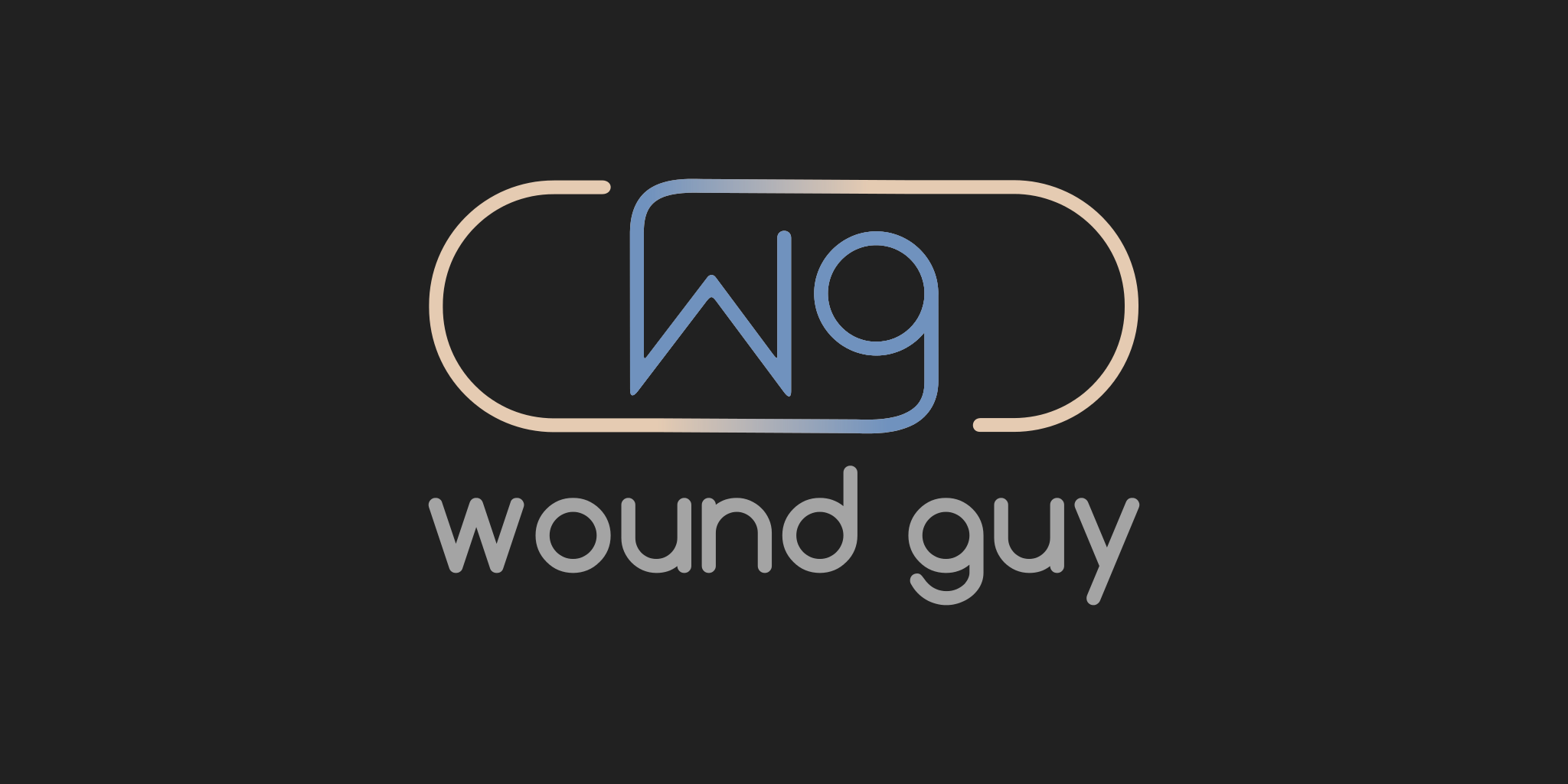Update from the WUWHS meeting #3
There are around 250 million surgical procedures performed worlwide per year. Nearly 1/3 of these take place in the Asia-Pacific region. Data suggests that there is a 4% incidence of surgical site infection. Using Negative Pressure Wound Therapy (NPWT) is thought to reduce surgical site infection (SSI) by 30% – by reducing seroma formation, decreasing local tissue oedema, increasing local perfusion and by mechanically bringing the margins into sustained, close alignment.
Leishmaniasis involves ulceration associated with parasites introduced by sandfly bites. There are numerous sub-variants of the parasites and they tend to be prelavent in regions prone to poverty, poor hygiene / sanitation, environmental degradation, and poor host health. There are 1.5 million new cases per year with over 300,000 deaths per year. There are a large number of non-symptomatic individuals but many times the lesions are confused a being psoriasis. Most wounds occur on the forehead, nose, cheeks, lips, arms and legs. They present with dense, necrotic crusts and can have secondary bacterial superinfection. Treatment options involve surgical excision, cryotherapy, 15% paromomycin ointment or imidazole medication.
Research from Austria has examined the in-vivo effectiveness of cleansing solutions in reducing wound bacterial burden. The solutions tested included PHMB, octenidine and hypochlorous acid. All solutions reduced bacterial numbers. Best results were obtained with solution-wound surface dwell times of 20 minutes or more, and where the surface dwell-time was accompanied by wound surface scrubbing with monofilament cleansing pads (Debrisoft). Laboratory results were used to rank the efficacy of the three cleansing solutions. Rankings were 1) hypochlorous acid 2) octenidine 3) PHMB.


